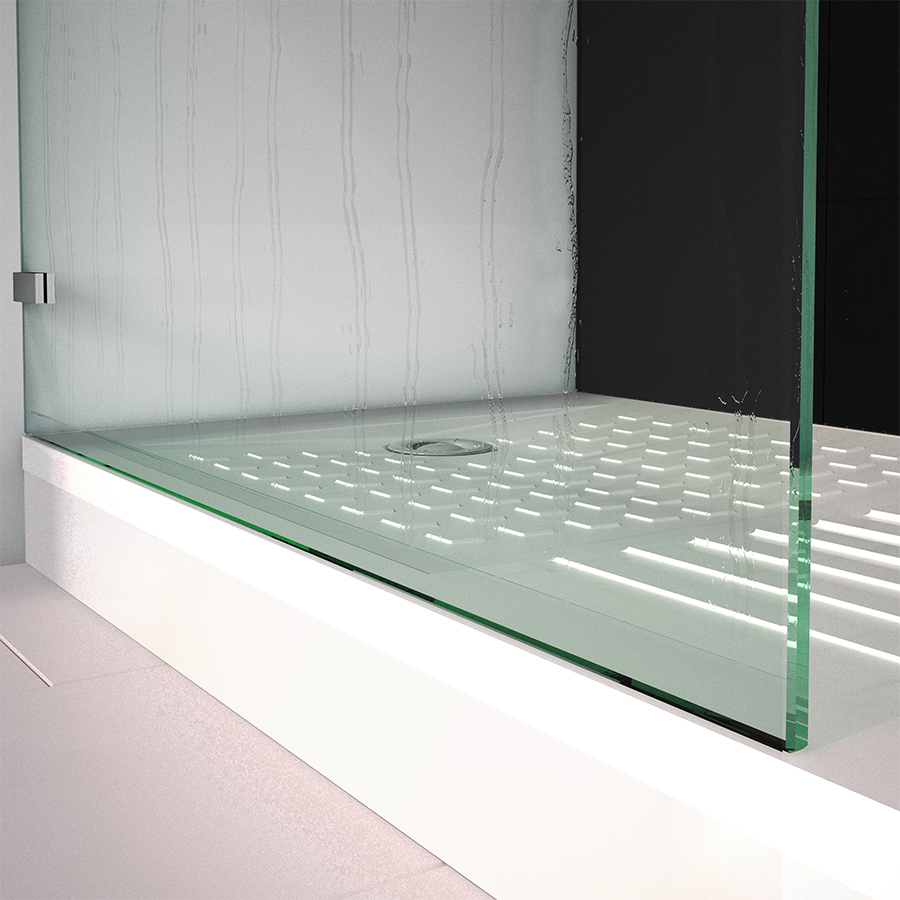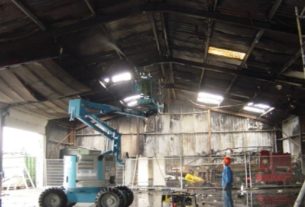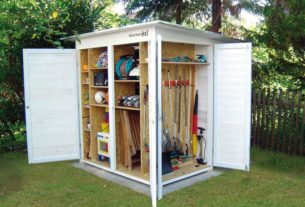In just a few years, the shower has outpaced the bath in terms of sanitary facilities. More practical and more ecological, it also has the advantage of taking up less space on the ground. Inseparable from the shower, the receiver is placed on the ground and allows to evacuate the water. My custom interior tells you today what are the criteria to consider before choosing yours!
What are the types of receivers available on the market?
The shower has become an institution in the bathroom: wider and better thought than the models of our parents, the contemporary shower seduces more and more French households. To equip yours, the receiver remains one of the key elements to choose with care. There are different models today:
- The catcher to tiled : this is what is more commonly called the walk-in shower. The tiled shower offers a walk-in shower that only reveals the drain plug, an ideal configuration in terms of accessibility. However, it requires extensive masonry work.
Ultra trendy, the Italian-style shower is becoming more and more popular every year! (Photo: Mr Bricolage)
- The catcher to ask : if you are not too handy, the catcher to be tiled is for you! Directly placed on a base of bricks, blocks or polystyrene, it remains simple to use.
- The built-in shower tray is installed with a vertical outlet floor drain without support or compensation element. Like the walk-in shower, the built-in shower tray provides a walk-in shower.
- The raised receiver : it settles on a siphon with horizontal evacuation and does not require any work of masonry: it is thus very easy to pose.
The raised shower tray has the particularity of being placed on a brick or block base (Photo: Oasis model at Créazur France)
What material for my shower tray?
Side materials, the choice is vast! From ultra classic enamelled sandstone to more contemporary resin, let yourself be guided by your tastes in terms of aesthetics and touch.
- Ceramic or glazed stoneware : As we have just seen, glazed ceramics and stoneware remain the essential materials in the bathroom. Economical and not very sensitive to the tasks, they come in very different forms and colors: enough to give your receiver to his decor without any headaches!
- Resin : design and very resistant, the resin is a solid material, light and easy to maintain. It is often used in the realization of extra flat trays.
- Acrylic : today it is the most serious competitor of ceramics in terms of price. Unlike the latter, acrylic is slip-resistant and warmer. Easy to maintain, it remains very sensitive to scratches.
Choose a suitable form
There are three sizes of shower tray to choose from depending on the surface of your bathroom. The square format remains the most common and can vary from 70x70cm up to 120x120cm for XXL models. The square receivers have the advantage of occupying a reasonable surface while remaining comfortable to use on a daily basis. If you own a large bathroom do not hesitate to bet on a rectangular model, more spacious than the classic square tray. Its measurements start at 70x90cm and extend to 180x90cm. The Corner or Quadrant is the latest size available on the market: it is perfect for small bathrooms and allows for a smoother flow in the room than an angular format. Its sides extend from 80 to 110cm for the most spacious models.



